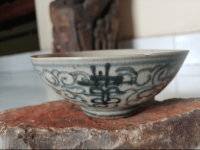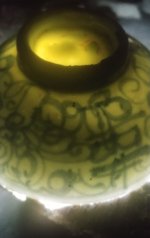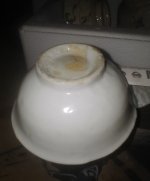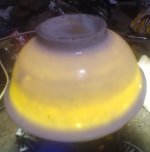Hery Pasaribu
Jr. Member
- Jul 17, 2023
- 33
- 22
found it a few months ago
yesterday I tried shining it and it was transparent
I tried putting iodine in it, shaking it, that's the result, the water returned to its original color
Can anyone explain this scientifically?
yesterday I tried shining it and it was transparent
I tried putting iodine in it, shaking it, that's the result, the water returned to its original color
Can anyone explain this scientifically?








